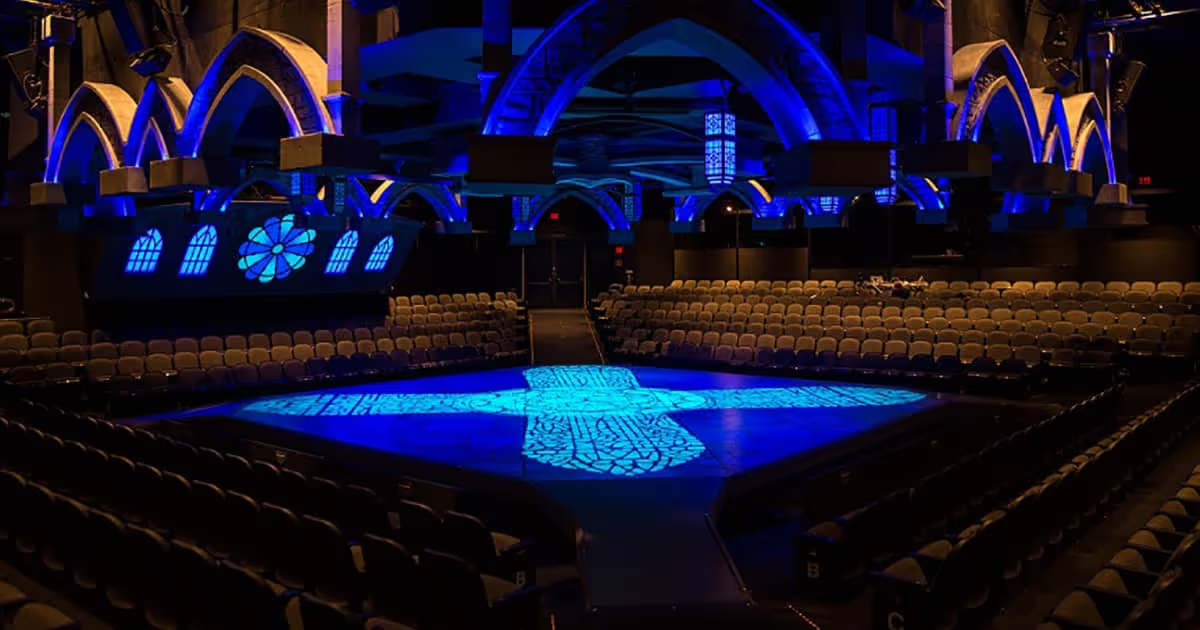Potent ‘Spring Awakening’ hits the right buttons in Lincolnshire
It’s a little early to fully gage the impact of Marriott Theatre’s pre-season short-run staging of “Spring Awakening,” a bold, critically acclaimed rock-driven musical – a move designed to shake things up by stepping outside the company’s repertoire of traditional Broadway musicals.
But it looks like they are onto something.
The current production, which continues through Jan. 31, stands tall as an artistic success and may very well prove a game-changer for future programming decisions. It also is likely to draw younger audience members to supplement Marriott’s already well-established subscription base.
“Spring Awakening,” written by German dramatist in the early 1890s, was first performed in Berlin in 1906. It reached Broadway in 2008 where it captured multiple awards including Best Musical. Aaron Thielen directs and choreographs the show featuring a top-notch cast and engaging music by Duncan Sheik and smart book and lyrics by Steven Sater.
Set in a provincial German town in the late 19th century, the testosterone-heavy musical tells a timeless story of sexual awakening, morality and youthful rebellion. It wades into prickly topics – puberty, rape, child abuse, suicide, homosexuality and abortion. The play follows a budding relationship between two young lovers, the rebellious Melchior (Patrick Rooney) and the naive Wendla (Eliza Palasz). Meanwhile, Melchior does what he can to provide the facts of life to his clueless schoolmate Moritz (Ben Barker).
Veteran performers Kevin Gudahl and Hollis Resnik are in fine form, appearing in various roles as adult authority figures. Freeing Marriott’s seven-member orchestra from its customary pit and positioning its members directly onstage for the first time in memory added to the synchronicity between the musicians and actors. That switch also allowed for another first: re-configuring Marriott’s normally in-the-round performance space to create a three-quarter peninsular-shaped stage. Credit Thomas M. Ryan for a smart, spare set; Lee Fiskness for mood-perfect lighting; and Nancy Missimi and Susan Hilferty for exquisite costumes.











